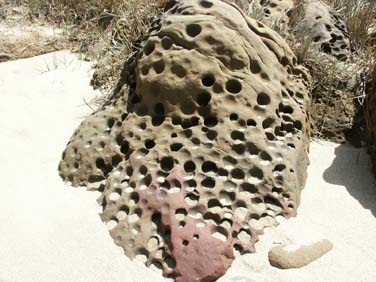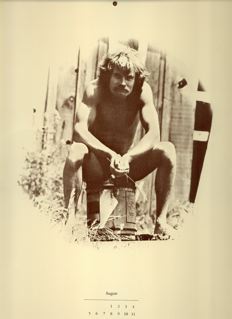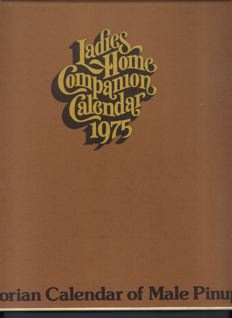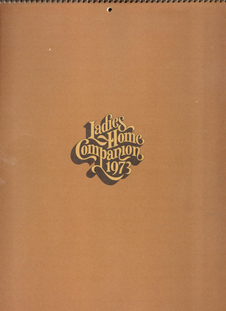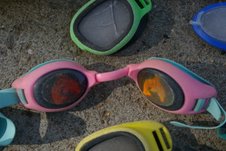Half Moon Bay Memories (HMBM): What does “Bo-Tree�? mean and where was the business located?
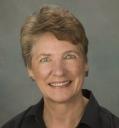 Christine Hopf-Lovette: Bo-Tree is the tree under which Buddha sat when he attained enlightenment. Oddly enough, the name came from my mother, a librarian. I told her I was entering into a publishing venture. I failed to enlighten her about the exact nature of our first product, however.
Christine Hopf-Lovette: Bo-Tree is the tree under which Buddha sat when he attained enlightenment. Oddly enough, the name came from my mother, a librarian. I told her I was entering into a publishing venture. I failed to enlighten her about the exact nature of our first product, however.
The company was first headquartered in my apartment in San Francisco. After a year or so, we rented space in the back of an old Victorian on an alley off Union Street.
HMBM: What did Bo-Tree originally produce? Was there something before the Ladies Home Companion Calendar?
Christine: The Ladies Home Companion was our first product.
HMBM: This was, when? The early 1970s– or earlier? Producing books and calendars was very different then [note: I’ve had some experience with both.] You had to hire a typesetter & designer– please tell me about the process, how different it was from today.
Christine: The calendar grid and all the type was pasted on boards that were delivered to the printer along with the photos. The printer made plates and the job was printed by the offset litho method. I don’t think the printing method has changed much but the preprint materials have changed tremendously since the advent of computers.
HMBM: You did the marketing: what did that mean? You contacted the press, got the books into the stores? Which bookstores? Nationwide? How did you sell, pre-Internet?
Christine: We marketed the calendars through gift and stationery reps. We found our first reps through a directory. Some worked but some did not. I remember that we had hired a rep in southern California—a firm that was recommended by our New York rep. Judy [Horst] flew down to the Los Angeles Gift Show. She called me after the first day to say that the rep wasn’t even displaying the calendars. He seemed to be hiding them under the table. The rep was uncomfortable with the product, to say the least.






